6 Olympic Lifting Moves
Olympic lifting involves a combination of physical and mental strength that results in athletes lifting a loaded barbell overhead using explosive movements. Weightlifting on its own however does allow for other movements that do not require an overhead position at the top of its movements such as a front squat.
Olympic weightlifting focuses specifically on 2 technical lifts - the ‘snatch’ and the ‘clean jerk’, which refer to how the bar is lifted and positioned. The following exercises in this blog incorporate these 2 lift techniques to aid in form and help improve overall physical strength of athletes in preparation for Olympic and other competitive events.
The Benefits of Olympic Lifting
Some top benefits of Olympic weightlifting include:
1. Improving body composition and physique
The snatch and clean jerk are both full-body exercises that require legs, glutes, back, abs, shoulders and arms to be activated. With repetitive training, the overall body composition and physique of an individual will be improved. As a result increasing strength and building muscle.
2. Increasing your muscular strength and power, ultimately lowering your risk of injury
Olympic lifts are performed at max velocity which means that power is progressively increasing over time. Because muscular strength is increasing (particularly the muscles and surrounding tendons) this will protect your bones and joints when performing high intensity exercise and therefore as a result, lower your risk of injury.
3. Improving range of motion and developing dynamic stability
Each Olympic lift requires a full range of motion using the knees, hips and shoulders in order to get the load up from the ground. Through utilising a full range of motion, your body will become more flexible because it allows your muscles to be extended further than their resting position. Usually without stretching or participating in full range motion movements you will not be exploring how far your muscles can really go.
Equipment Used in Olympic Weightlifting
The main products used commonly in Olympic lifting are weight plates, barbells and a platform. The weight plates used can be made out of either rubber, plastic or metal and are colour-coded according to their weight. The barbell however is completely made out of steel and varies in weight and size for men and women. For men, the bar is 2.2m in length and 20kg in weight, whereas for women the bar is 2.01m in length and 15kg in weight.
6 Olympic Weightlifting Moves
Here are 6 lifting moves we highly recommend trying if you’re looking to get into Olympic lifting.
1. Front Squat
Positioning: Place the barbell in front of your body, resting on the top of your chest and keeping your elbows high with a loose grip. Keep your core tight and feet hip-width apart.

Performing: Once in position, slowly lower your body into a squat while keeping your posture upright. To drive up and out of the squat, ensure that your chest remains proud and you squeeze your glutes.
2. Power Clean
Positioning: Standing with your feet hip-width apart and with the barbell down on the ground in front of you, squat down and place your hands just outside your feet to grip the bar.
Performing: Bring the barbell up, similar to a deadlift, and ensure the bar is kept close to the body. Use an explosive movement in your hips once the bar reaches your knees to ensure there is enough momentum to bring the bar all the way up and to rest at the front of the chest. When bringing the bar overhead, ensure wrists are kept neutral and bend naturally to prevent injury. To bring the bar down, lower the barbell to your hips with slow and controlled movements, bend at the knees and hips before finally bringing the bar to the ground.
3. Squat Clean
Positioning: [Similar to Power Clean] With the barbell down on the ground in front of you, stand with your feet hip width apart and squat down to grip the bar.
Performing: [Similar to Power Clean] Bring the barbell up and ensure it’s kept close to your body. Instead of maintaining an upright position with the bar on your chest at the top of the movement, bring the body down into a squat position. To complete the movement, fully extend to an upright position before lowering the barbell to your hips and then slowly to the ground.
4. Barbell Snatch
Positioning: Standing with the barbell on the ground and feet hip-width apart, squat down and grip the bar wider than shoulder-width apart to ensure arms are positioned in a wide overhead position at the end of the movement.
Performing: Similar to a deadlift, bring the barbell up by keeping it close to the body. Once the bar reaches your knees, explosively drive up with your hips and use the momentum to bring the bar up overhead with your arms lengthened. Bring the bar down by lowering the barbell to your hips and bend at the knees before placing it onto the ground.

5. Squat Snatch
Positioning: [Similar to Barbell Snatch] Keeping feet hip width apart and barbell on the ground, squat down to hold the bar with a wide overhead grip.
Performing: [Similar to Barbell Snatch] Keeping the bar close to your body, bring it up with a slow and controlled movement. Once the bar is at your knees, drive up with your hips and using the momentum, fully extend your arms and be in a squat position below the bar. Lower the barbell to your hips and then to the ground at the end of the movement.
6. Push Jerk
Positioning: Stand with your feet in-line and hip-width apart. The barbell should be resting on top of your chest prior to starting the movement.
Performing: With the barbell resting on top of your chest, push it up by using a slight bend in the knees. Keep your body upright while extending the arms. Lock your elbows and straighten at the knees to stabilise the barbell overhead. Ensure your arms are fully extended at the top of the movement before lowering it back down to your shoulders to complete the exercise.
How to Get Started with Olympic Lifting
The movements listed in the blog above are targeted towards advanced and well-trained weightlifters. If you are a beginner looking to get started, all the exercises can be performed with or without weights loaded onto the bar. Alternatives to an Olympic barbell would be dumbbells, however movements are generally easier with a straight bar.

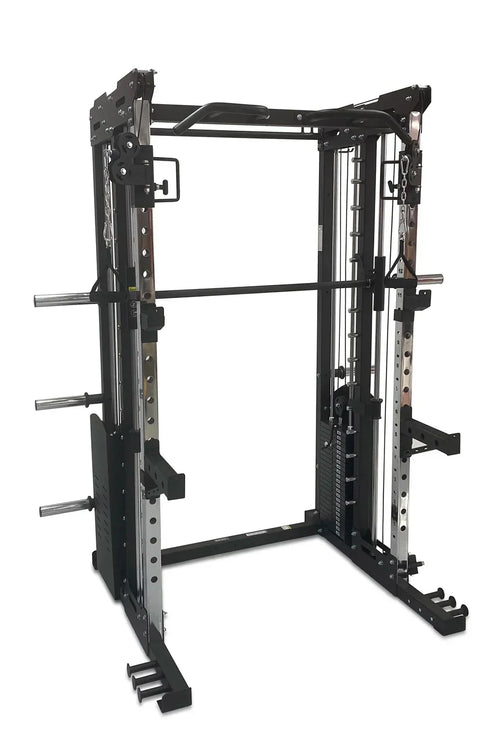
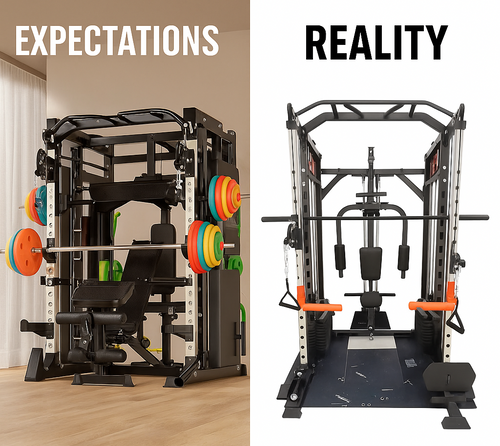
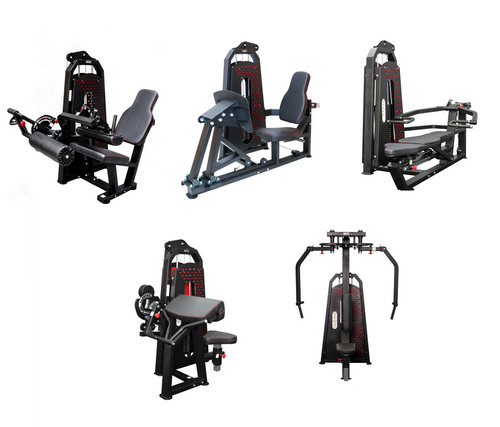
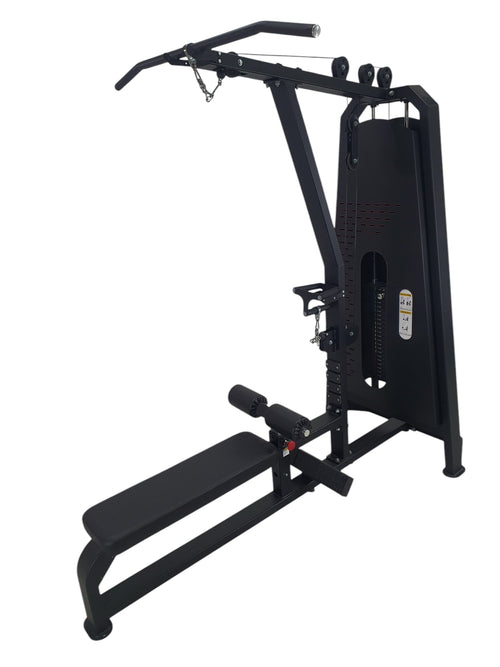
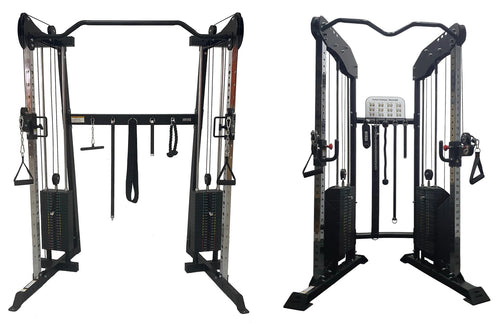
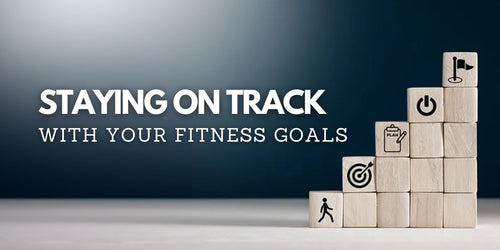
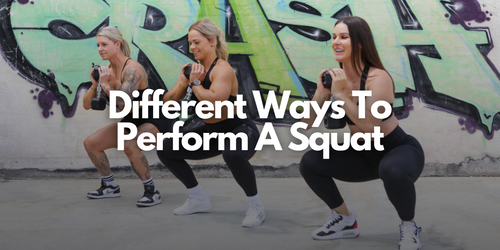

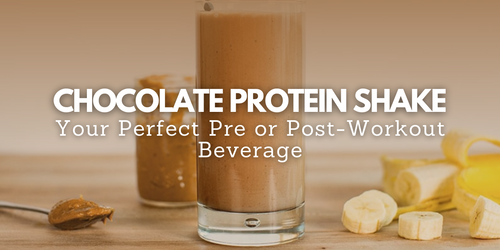
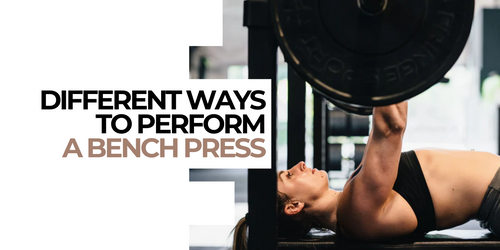
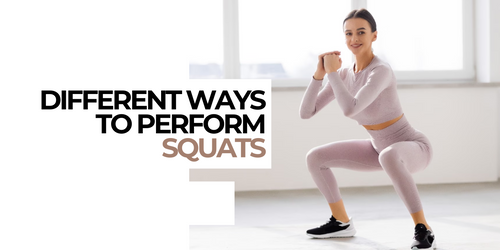
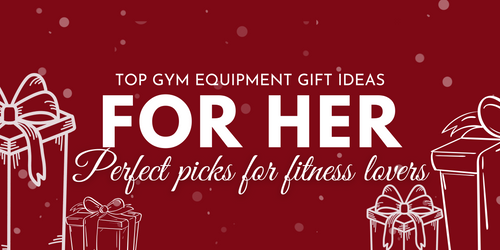
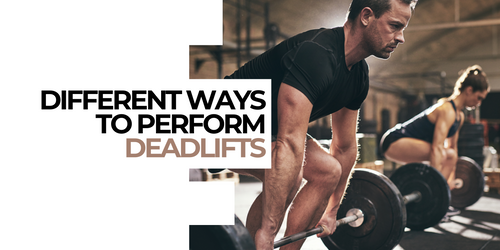

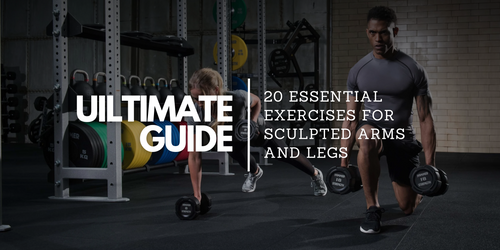

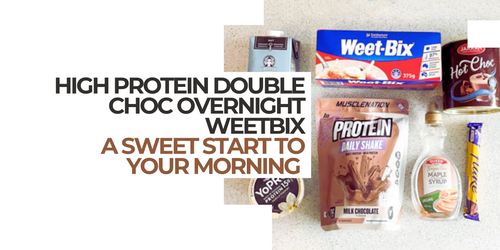
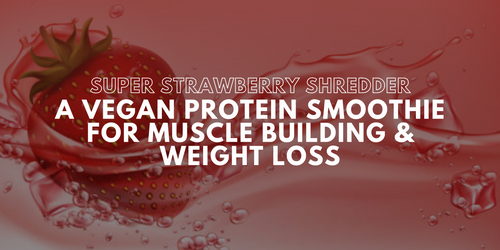
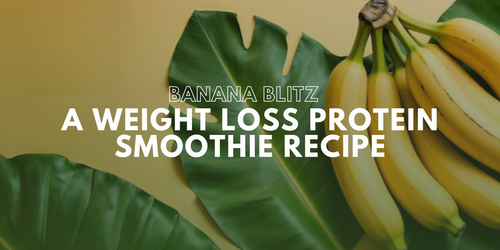
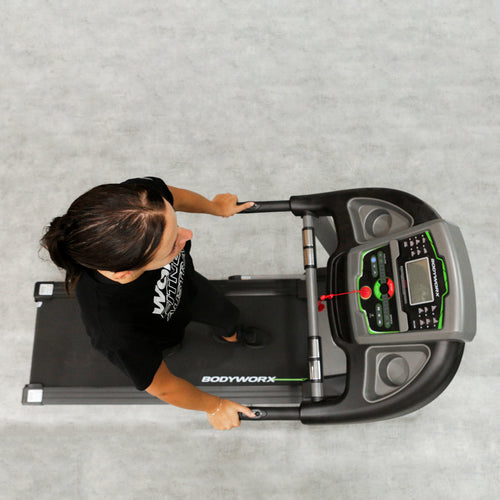
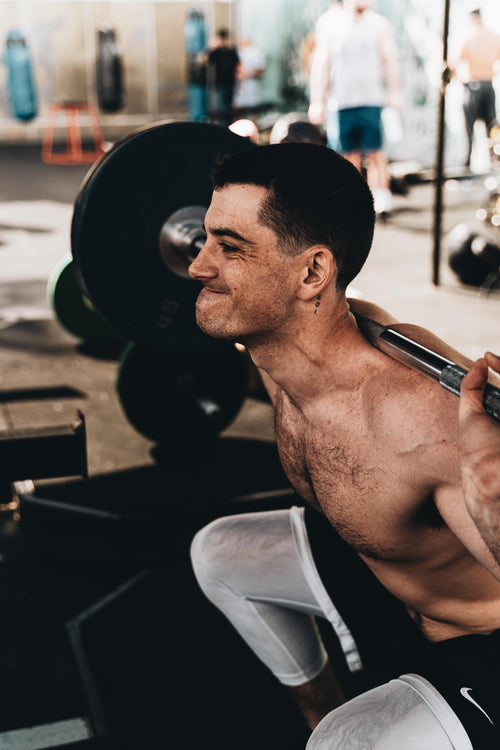
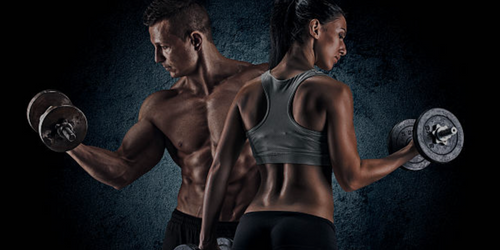
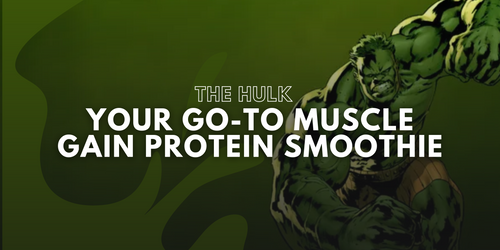
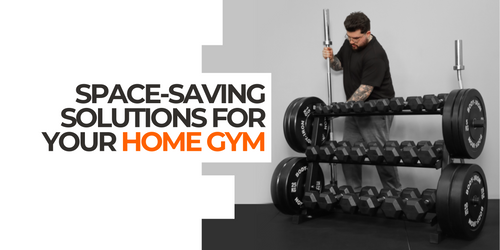
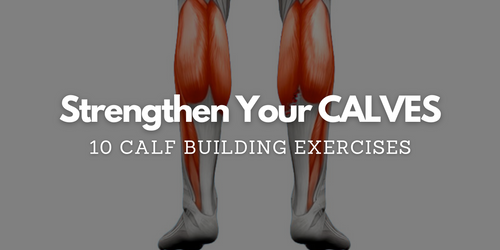
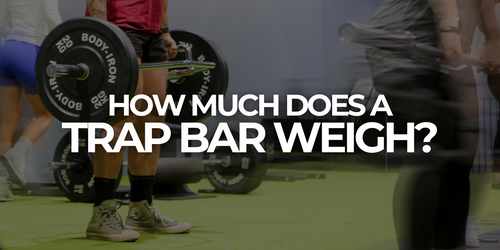
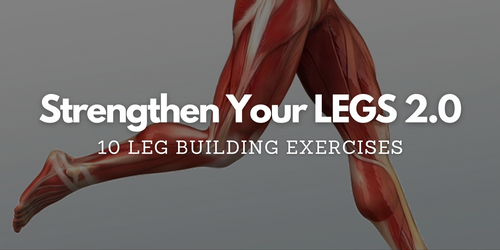
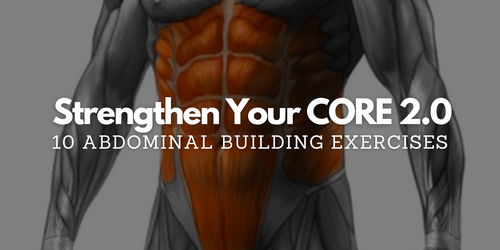
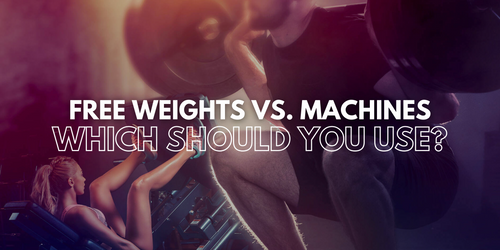
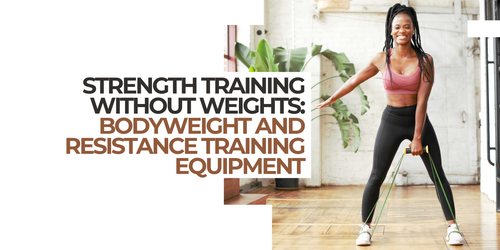
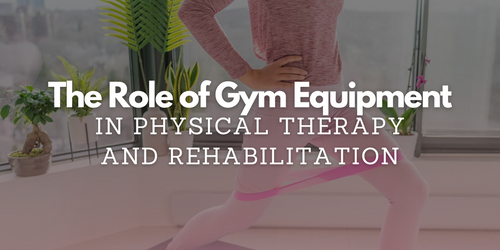
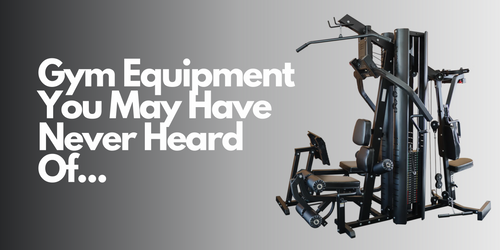
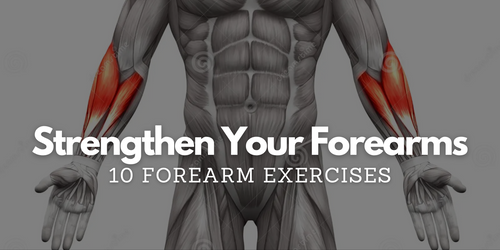
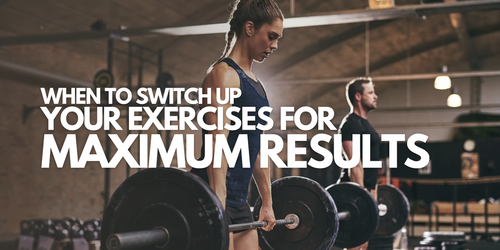
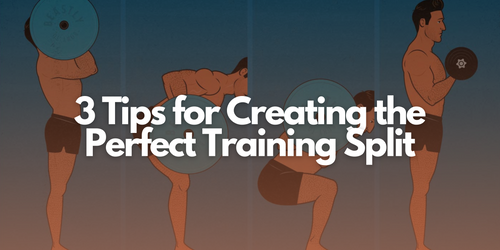

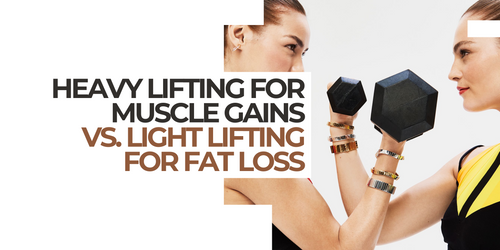
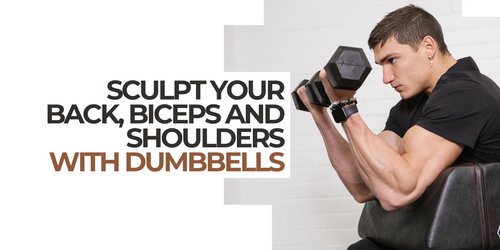
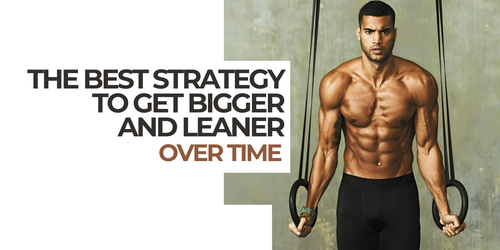
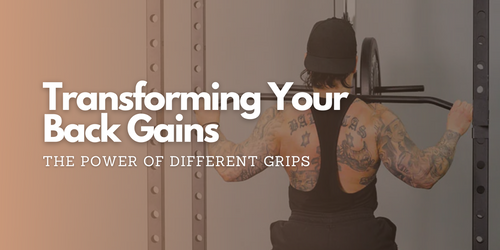
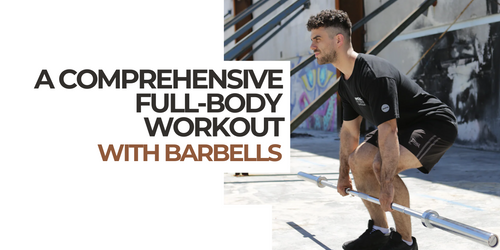
Leave a comment